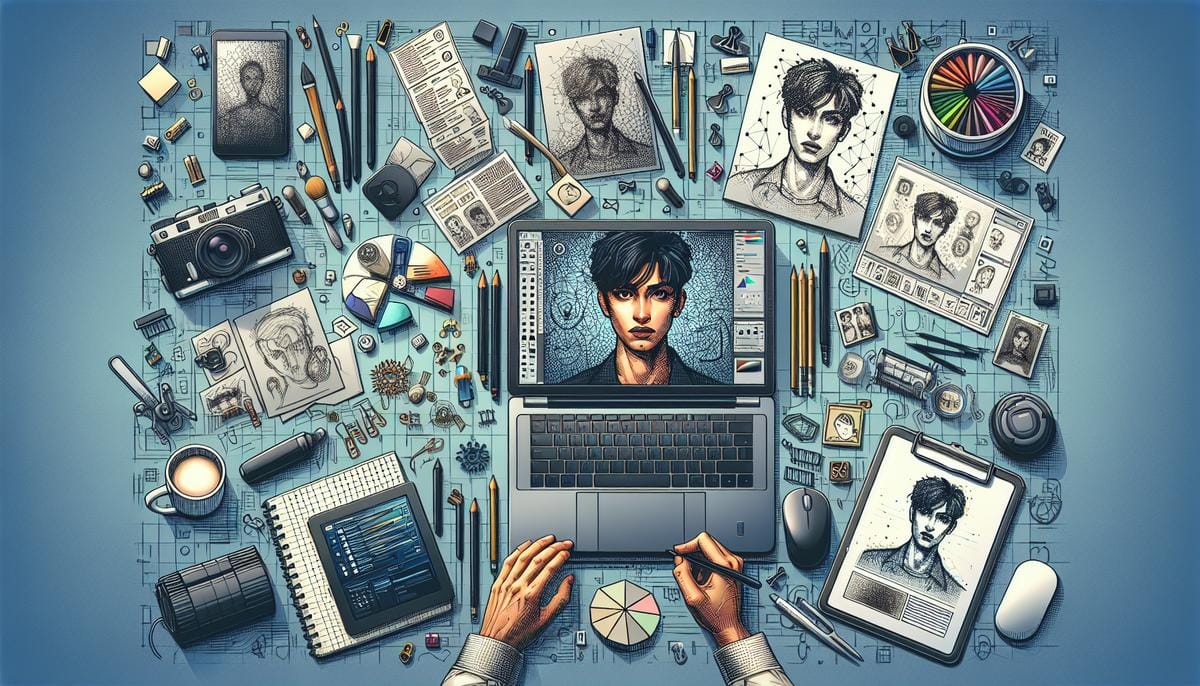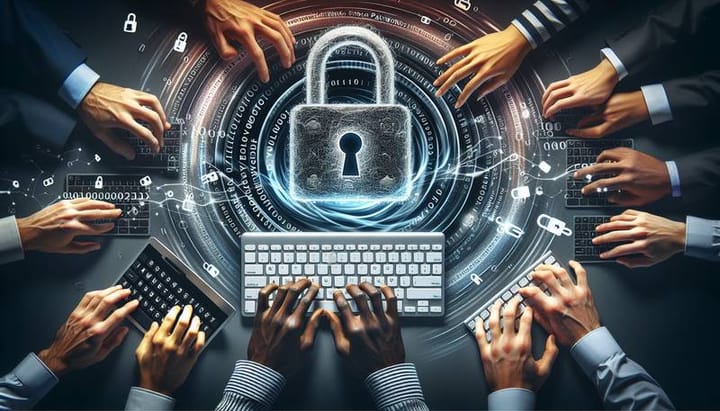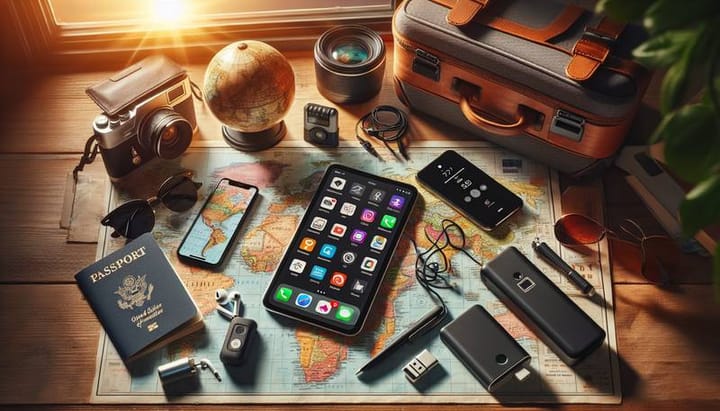Digital Art for Beginners: Tools, Software, and Tips

Introduction
Welcome to the vibrant world of digital art, where imagination meets technology to create stunning visuals. Whether you aim to be the next digital Picasso, or just want to fiddle with a new creative outlet, this beginner's guide is your first step into an exciting artistic journey. Digital art can seem intimidating at first, with an array of tools and software to choose from; but fear not! We’re here to provide you with a comprehensive outline of what you’ll need to set the stage for your digital creations. Along with selecting the right tools and software, we’ll also share essential tips and techniques to get you started. Now, let’s switch on our devices and venture into the creative digital realm together.
Essential Tools for Digital Artists
The foundation of any digital artist’s toolkit is their hardware. At the core, you'll need a powerful enough computer or tablet that can handle graphic-intensive tasks. Look for devices with a high resolution display and a color-accurate screen, so what you see is what you get once your artwork is out in the world. Next, consider investing in a quality graphic tablet. This device translates your physical sketches to digital form and comes in two types - with a screen or without. Tablets with screens, also known as pen displays, mirror your computer's display and allow you to draw directly onto the screen for a more intuitive drawing experience. On the other hand, tablets without a screen, often referred to as graphic tablets, require you to draw on the pad while watching the results on your computer – this can take some getting used to, but they are generally more affordable.Moreover, choose a stylus that feels comfortable in your hand and closely mimics the feel of drawing with a traditional pen or pencil. Some styluses also offer pressure sensitivity, tilt recognition, and customizable buttons, enhancing your control and efficiency. Remember, the tools don’t make the artist, but the right tools can make the journey more enjoyable and less frustrating.
Top Digital Art Software for Beginners
Choosing the right software is like choosing the right type of paint for a canvas – it can make all the difference. Thankfully, there is a variety of software available to cater to different styles and skill levels. For those just starting, software like Adobe Photoshop or Corel Painter offers a comprehensive set of tools and is widely used by professionals. These offer a trial period and then a subscription model. If you're looking for something more affordable, Procreate is a one-time purchase, specifically for iPad users, that provides a robust creation experience. For completely free options, GIMP and Krita offer impressive functionalities comparable to the paid alternatives. When selecting software, consider its ease of use, the range of tools and brushes available, compatibility with your hardware, and the types of digital art you want to create – be it pixel art, vector illustrations, or photo painting. Start with software that feels intuitive to you – remember, you can always upgrade or switch as you get more comfortable and your needs evolve.
Getting Started with Digital Art: Basic Techniques
Starting with digital art can be as simple as doodling in a sketchpad app, but understanding some basic techniques will give you a solid foundation. Understand layers - think of them like transparent sheets stacked atop one another that can individually hold parts of your drawing. They are crucial in digital art, allowing for non-destructive editing and providing an easy way to segment your work. Play around with different brush settings – brushes can emulate different traditional art mediums like pencil, charcoal, or watercolor and you can often adjust properties like size, flow, and opacity for varied effects.Moreover, familiarize yourself with concepts such as blending modes, which can dramatically change how colors interact, and selection tools, which allow for precise modifications to certain areas of your piece. Grasping these basics will empower you to start experimenting with more confidence and less guesswork.
...
Tips to Improve Your Digital Art Skills
As with any form of art, becoming skilled in digital art takes time, patience, and practice. One of the best ways to improve is to consistently create and take on projects that push your boundaries. Here are a few tips to consider on your journey:1. Start with simple projects that match your current skill level and progressively take on more complex work.2. Study the work of artists you admire and try to replicate their techniques. This isn't about copying their work, but about understanding the processes they use to create art.3. Use tutorials and online courses to learn new skills. Many resources are available that cater to all skill levels and art styles.4. Experiment with different styles and techniques. The more you push yourself out of your comfort zone, the more you'll learn.5. Don't be afraid to step away and take breaks. Sometimes, coming back with fresh eyes can provide new perspectives on your work.6. Seek out feedback from other artists and communities. Constructive criticism can guide your improvement more than you might realize.Remember, every artist was once a beginner, and every professional has a library of 'failed' attempts behind them – it's all part of the learning process.
Inspiration and Resources for Digital Artists
Finding inspiration and staying motivated can be challenging, especially when you're just starting out. However, the digital art community is vast and filled with places to find inspiration, seek advice, and learn new techniques. Social media platforms like Instagram and Twitter are teeming with artists sharing their work - follow hashtags or accounts that resonate with your interests. ArtStation and DeviantArt are platforms dedicated to showcasing art and connecting artists, offering a constant stream of inspiration and an opportunity to share your work with others. Additionally, websites like Behance display professional portfolios that can help you understand what's possible and set goals for your own art. For hands-on learning, YouTube and Skillshare are treasure troves of tutorials and classes covering a myriad of subjects. Finally, don't underestimate the power of nature and the world around you for inspiration – sometimes stepping away from the screen is exactly what you need to recharge your creative batteries.
Closing Thoughts
Embarking on your digital art journey can feel like standing at the edge of a vast, unexplored territory. There's so much to learn and to create, and sometimes it's hard to know where to start. But remember, every expert artist was once a beginner too. With your toolkit in hand, software chosen, and some basic techniques, you're already well on your way. Be patient with yourself as you learn - mastery doesn't happen overnight. Flex your creative muscles often, don't shy away from challenges, and above all, enjoy the process. After all, the true joy of creating art - digital or otherwise - lies in the act of bringing something uniquely yours into the world. So go forth and create, experiment, learn, and grow. Your digital canvas awaits, ready to be brought to life with the strokes of your imagination. Ready, set, create!


